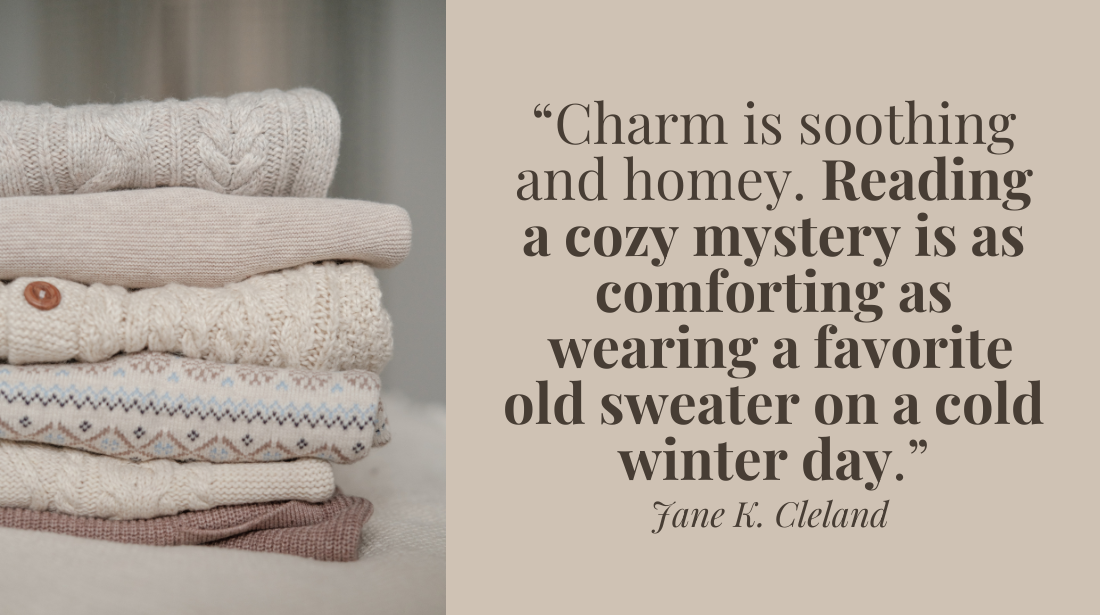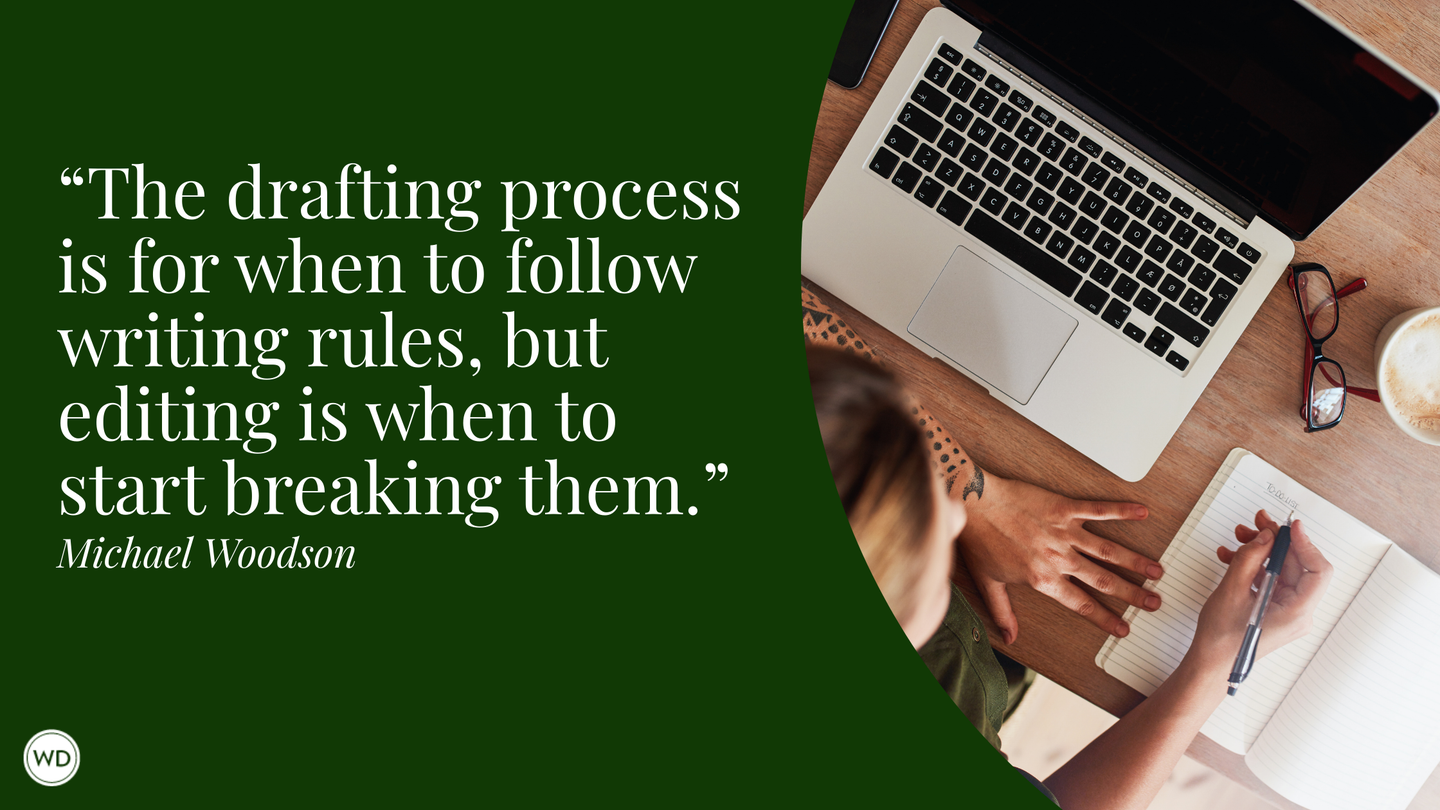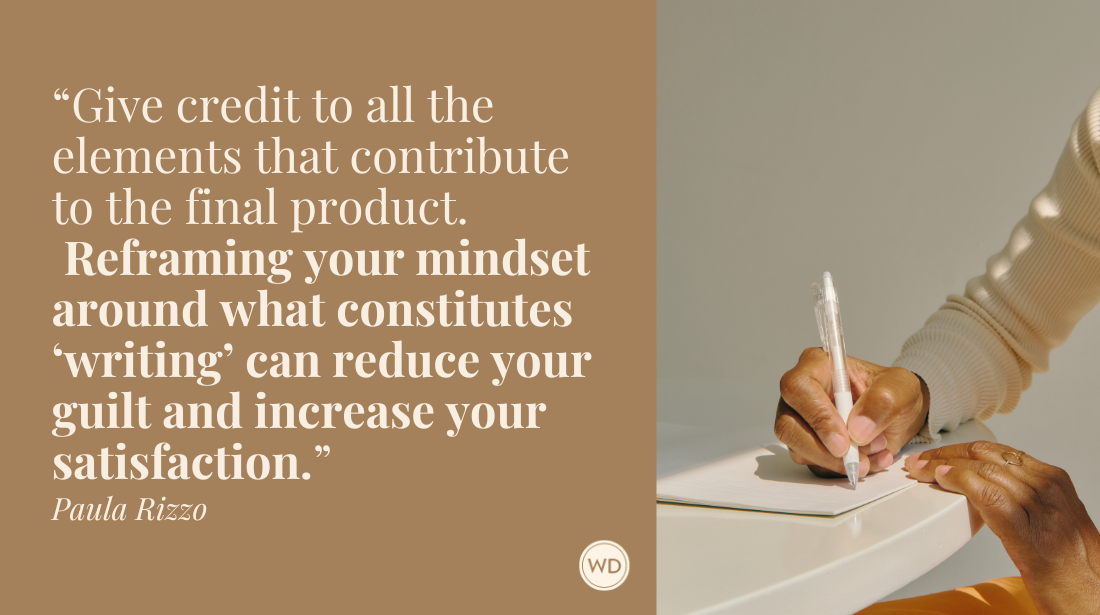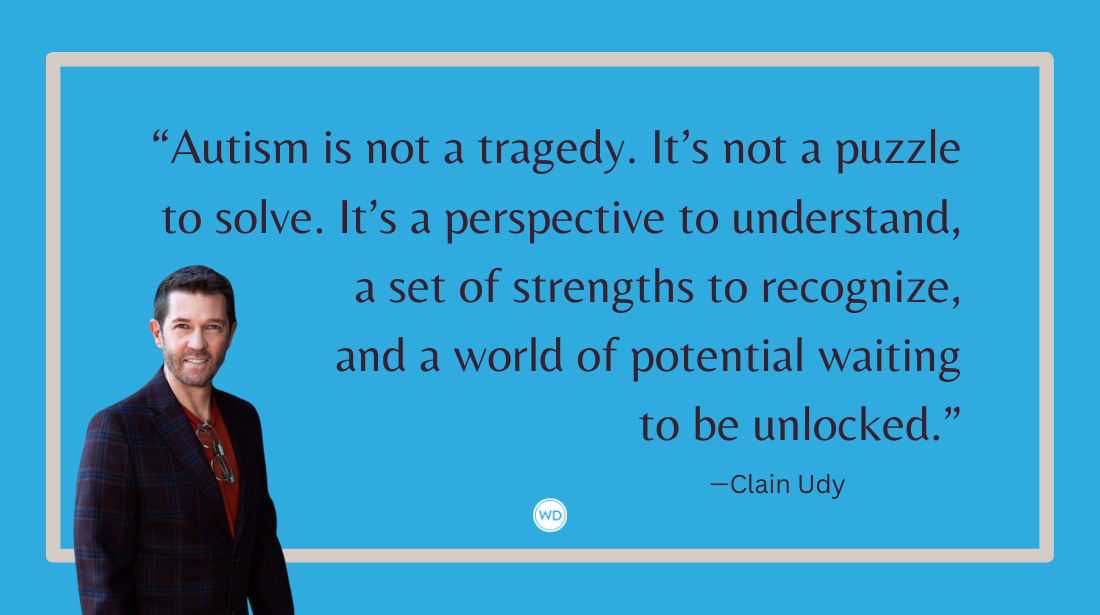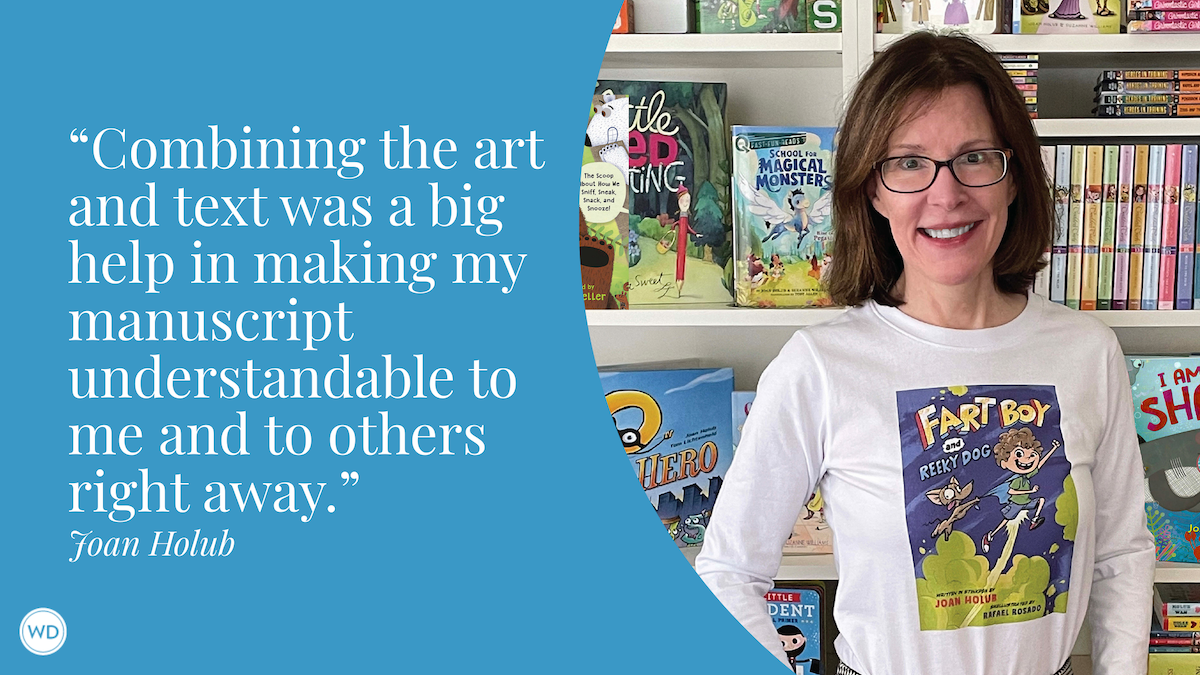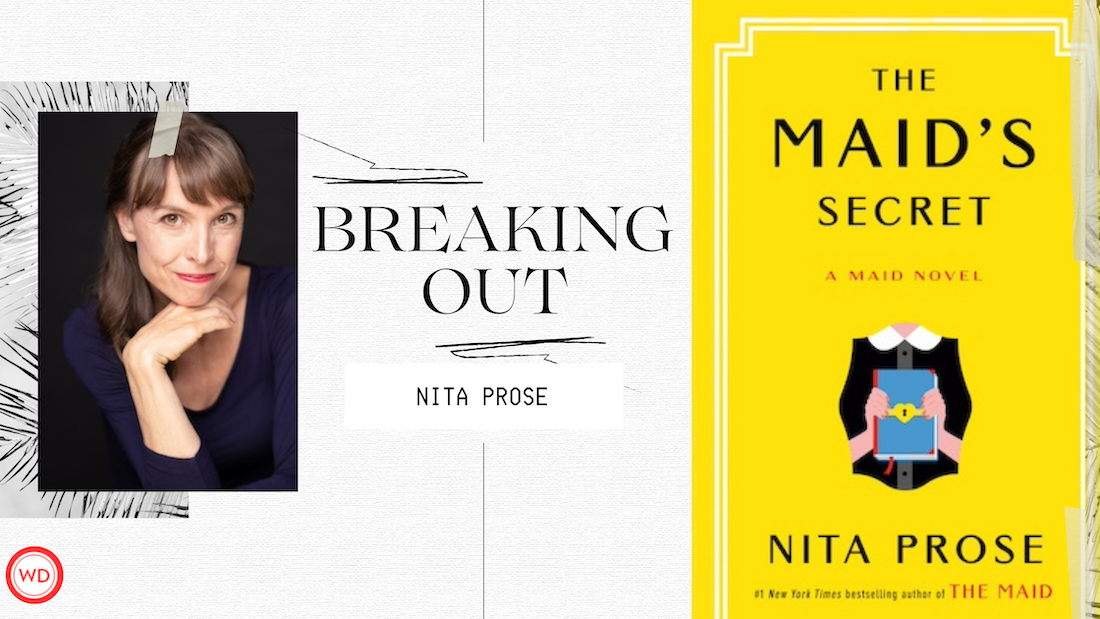Writing Mistakes Writers Make: Lack of Conflict
The Writer’s Digest team has witnessed many writing mistakes over the years, so we started this series to help identify them for other writers (along with correction strategies). This week’s writing mistake writers make is lacking conflict.
Everyone makes mistakes—even writers—but that's okay because each mistake is a great learning opportunity. The Writer's Digest team has witnessed many mistakes over the years, so we started this series to help identify them early in the process. Note: The mistakes in this series aren't focused on grammar rules, though we offer help in that area as well.
Rather, we're looking at bigger picture mistakes and mishaps, including the error of using too much exposition, neglecting research, or researching too much. This week's writing mistake writers make is talking about the work-in-progress.
Writing Mistakes Writers Make: Lack of Conflict
Imagine this: A hero is presented with a goal and warned that the road to get there will be difficult. The hero finds they are naturally great at everything the challenge throws at them, vaulting over each hurdle easily without even breaking a sweat. They reach their goal and celebrate their win. The end.
It’s not a very compelling story, is it?
When you make your story too straightforward, it removes a lot of the natural conflict within your narrative. Readers love conflict; it’s what makes a story appealing. Will the hero succeed in their venture, or won’t they? Will the romance continue to build, or will it peter out? Will the character succumb to their flaws or overcome them? To create a compelling story, you need to create natural tension within it.
Here’s a quick guide to understanding conflict and how to use it.
Types of Conflict
At its core, there are two types of conflict: internal and external. Internal is when the character is struggling with something within themselves; external is when they are battling against something outside themselves. But these concepts break down further into various types of conflict that make it easier for us to use.
Internal Conflicts
On the surface, person vs. self seems to be a pretty straight-forward. But there are all kinds of reasons that one might be struggling with themselves:
- Faith/loss of faith (like questioning God after a major loss)
- Sexual desires (like experiencing a desire for someone outside a monogamous relationship)
- Moral conflicts (like having to commit a crime for a larger good)
- Self-image (when someone’s view of themselves does not align with their actions, like someone who considers themselves to be patient snapping at a salesclerk)
- Love (doing something even though you know it will hurt someone you love)
- Existentialism (someone questioning the meaning of their life, like a lawyer who no longer believes in the justice system)
- Interpersonal or societal conflicts (a character purposefully being fake to gain popularity with a specific social group and feeling guilty about it)
Examples of internal conflict in literature: Hamlet from Hamlet; the narrator in Fight Club.
External Conflicts
- Person vs. person (Examples in literature: Javert and Jean Valjean in Les Misérables; Dorothy and the Wicked Witch in The Wizard of Oz)
- Person vs. society (Examples in literature: Atticus Finch and his community in To Kill a Mockingbird; Offred and the Sons of Jacob in The Handmaid’s Tale)
- Person vs. nature (Examples in literature: Martin Brody and the great white shark in Jaws; Pi and the tiger in Life of Pi)
- Person vs. machine )Examples in literature: Dave Bowman and HAL 9000 in 2001: A Space Odyssey; Dr. Frankenstein and his monster in Frankenstein)
- Person vs. fate/the supernatural (also known as person vs. the unknown) (Examples in literature: the Torrance family and the Overlook Hotel in The Shining; Geralt of Rivia and destiny in The Witcher series)
Identifying Conflict Through the Lens of Genre
If you’ve been thinking about your story, you may have already selected a genre that will inform which of these types of conflict you’ll be using. If you’re writing horror, person vs. the supernatural, person vs. machine, and/or person vs. nature would be viable combinations. If you’re writing a romance, person vs. person and/or person vs. society are common types of conflict. Person vs. self can be easily used in any kind of genre.
Most stories will use several of these types of conflict to add depth and excitement to their story. There are endless examples of this, and it’s not restricted to fiction writing. For example, in Born a Crime by Trevor Noah, we see that Trevor struggles with his identity while growing up, trying to figure out who he is and how that informs his place is in his family and in his community as a whole. In the course of the memoir, we hear stories that showcase the person vs. self, person vs. person, and person vs. society. And from the beginning of the book to the end, we see that all of these struggles have changed Trevor as a person.
Whatever your genre, it’s important to identify which conflicts matter most to you as a storyteller. For example, if you’re writing a love story that takes place in a haunted house, you might find that the person vs. person conflict matters much more to your literary goals than the person vs. the supernatural. This doesn’t mean that the secondary conflict isn’t there; it simply means that you spend more time crafting the love story than you do focusing on what makes the story spooky. However, if you’re writing a horror story that happens to have a romantic subplot, you might find yourself spending more time exploring the person vs. the supernatural conflict than the person vs. person. It’s up to you as the creator to decide what you want to emphasize!
Mistake Fix: Include Conflict Expertly
Wherever you are in your plotting, it might be helpful to look at your story and start identifying the kinds of conflict that appear naturally. To make it a little easier, you might want to consider the following questions:
- Who or what is opposing your character?
- Why are they at odds?
- What is your character’s goal in the story?
- What does your character want most?
- Does your character need to make a choice between two things? If so, how do they react internally and externally to this choice?
- What would happen if the character does not reach their goal?
- How will the character change from the beginning of the story until the end?
Imagine this: A hero is presented with a goal and warned that the road to get there will be difficult. The hero finds they are tested by every challenge thrown at them, confronted with obstacles that cause them to reevaluate their goals and confront their fears. They struggle. It’s hard. There are moments when they doubt that they have it within themselves to reach the end. But then they do! They reach their goal—they come out on the other side changed by what they’ve experienced. The end.
Now, isn’t that a much more compelling story?
Since obtaining her MFA in fiction, Moriah Richard has worked with over 100 authors to help them achieve their publication dreams. As the managing editor of Writer’s Digest magazine, she spearheads the world-building column Building Better Worlds, a 2023 Eddie & Ozzie Award winner. She also runs the Flash Fiction February Challenge on the WD blog, encouraging writers to pen one microstory a day over the course of the month and share their work with other participants. As a reader, Moriah is most interested in horror, fantasy, and romance, although she will read just about anything with a great hook.
Learn more about Moriah on her personal website.



